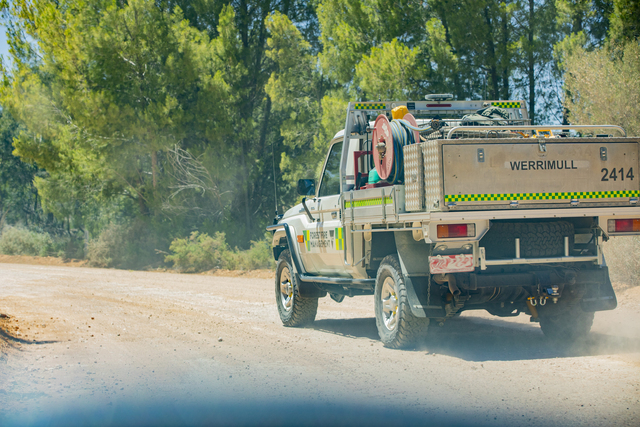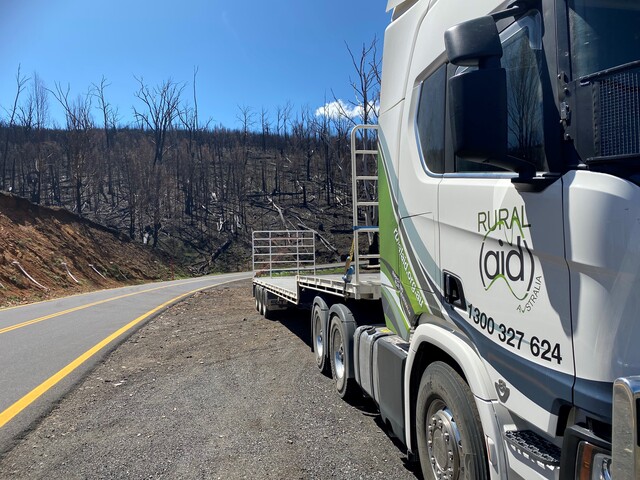ECONOMIC activity in regional centres such as Mildura has recovered more quickly from the COVID-19 pandemic than capital cities, according to research data released this week.
Google mobility data shows the Mildura local government area is far ahead of the Victorian average for local movement, including to workplaces, retail and recreation venues, public transport and grocery stores.
This has also meant regional labour markets have been more resilient during the pandemic than their capital city counterparts, ANZ economists Catherine Birch and Adelaide Timbrell said.
The pair found the less frequent and lengthy snap lockdowns in regional areas of Victoria had lesser impacts on regional economic activity compared to Melbourne.
In the north-west of Victoria, including Mildura, the unemployment rate actually fell during 2020, from 3.1 per cent in the first quarter to 2.7 per cent in the fourth.
While it has increased over the first half of 2021, unemployment in Mildura and regional Victoria remains below Melbourne.
The economists found that across Australia employment recovered to pre-pandemic levels more quickly in regional areas, with the regional Victorian unemployment rate 1.6 percentage points lower than the metropolitan rate.
However, they said strong demand and relatively tighter labour markets meant some businesses were having greater difficulty finding suitable labour.
“This should mean that wages growth starts to accelerate,” they said.
“But there are some barriers to people moving to the regions to take vacant jobs, including difficulty finding affordable housing and uncertainty around future travel restrictions.”
ANZ data showed regional Victoria’s spending was down just 10 per cent during the weekend of June 4-6 compared with the weekend before the May lockdown, which was almost identical to the change in spending across the rest of Australia during that time.
Meanwhile, Melbourne spending was far worse as a result of lengthened lockdown conditions.
“The lower risk of snap lockdowns in regional Victoria has boosted its appeal as a tourism destination for Melburnians,” the economists said.
“More broadly, the preference for regional travel has also been supported by caution from Australian residents around travelling interstate, brought on by iterative state border closures.”
The data showed that while travel spending in Melbourne and Sydney was still far below pre-pandemic levels, regional Victoria and NSW expenditure had been much closer to pre-pandemic levels.
The economists said another factor behind the more resilient travel spending in regional Victoria was its lack of exposure to international tourism.
In 2019, 25 per cent of Australian tourism spending had come from international travellers, but that rate was closer to 7 per cent for Mildura.
“Business travel is also a far smaller portion of the tourism market in regional Victoria compared with Melbourne.
“So while major capital cities have been struggling to fill the gaps left by these visitor cohorts, Mildura and other regional cities have gained more intrastate travellers who might usually go overseas or to interstate cities and lost less from the fall in interstate and international travel.”
The research data also found that more people in Australia were moving to the regions.
“The net outflow of Australian residents from capital cities to the regions has been pushed up by the rise in remote working and the resultant stronger preferences for bigger houses over smaller dwellings closer to central business districts,” the economists said.
“The stronger labour market conditions in regional areas and more opportunities for remote working are also curbing the flow of regional residents into cities for work.
“Since the pandemic, migration from capital cities in Australia to the regions has almost doubled.
“Many regional areas have seen stronger building approvals and housing price growth since 2020 (while) housing rents have also risen more quickly in regional areas, compared with capital cities.”








